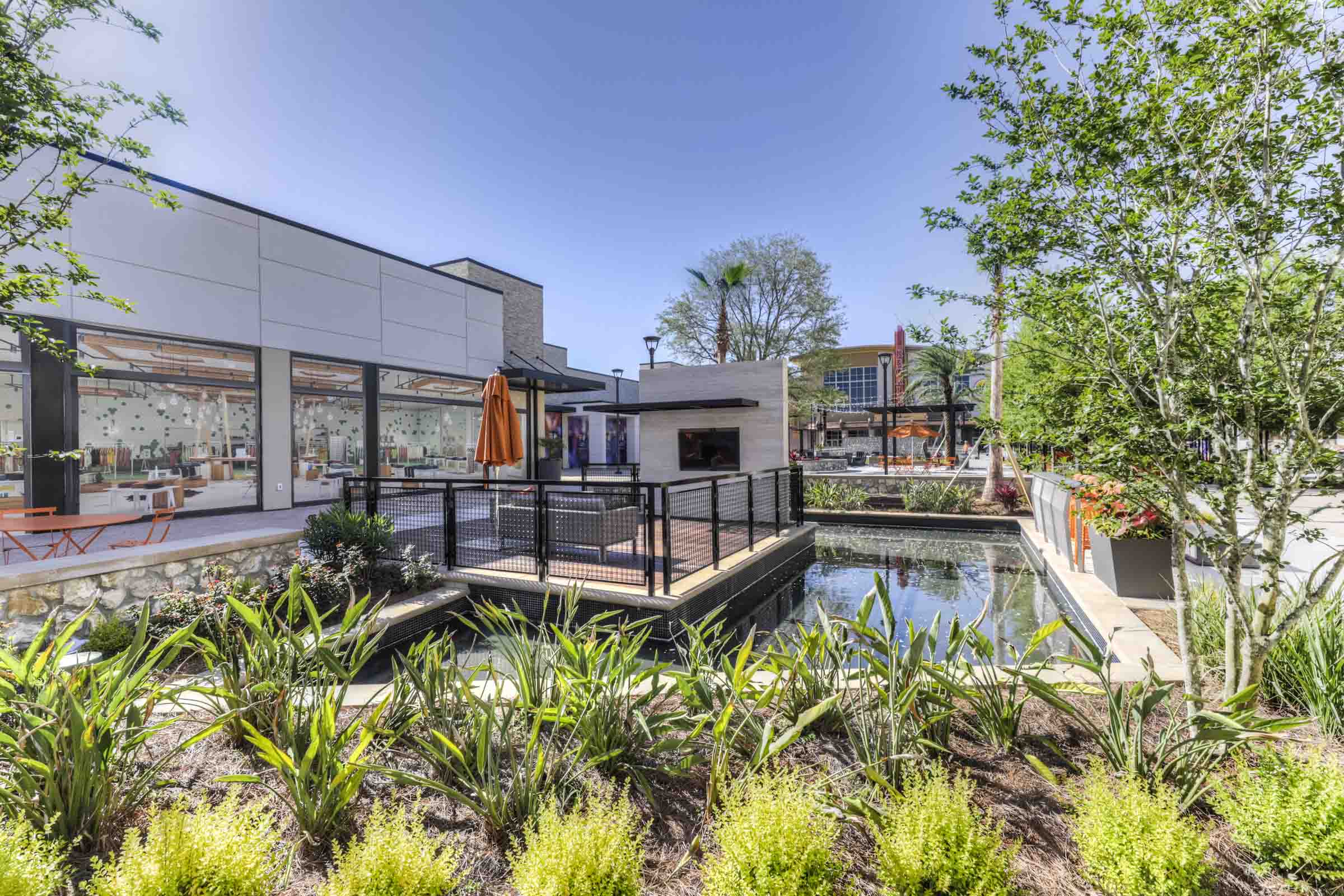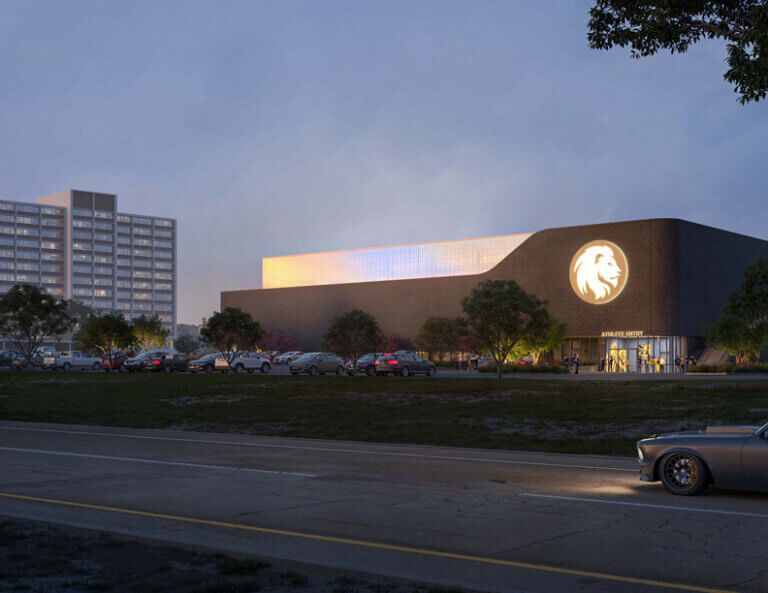
Today’s consumer is unlike any the industry has seen. The ease of online shopping has driven them out of stores and onto webpages. This transition from physical to virtual shopping has left big box retail spaces empty, unused and a model of the past. This has led many pundits to announce that “sticks and bricks” retail is dead. So, what are retail property owners to do?
Fortunately, the retail apocalypse scenario is an oversimplification of what is actually happening in the marketplace. The reality is that boring, generic retail in bad locations is dead. Good news for sure, but beware, most shopping venues can become dull and basic very quickly if they’re not continuously reinventing themselves into what their customers want.
Experiential Designs
Shopping centers used to be the most convenient way to shop for most people’s day-to-day needs. However, it’s hard to compete with the convenience of a few clicks to order home delivery. To entice today’s shopper to visit a store, businesses must offer more than just convenience. Consumers are craving an experience, so give them a reason to come and they will.
Mixed-use retail spaces seek to provide a variety of experiences. The objective is to encompass many amenities and activities, so the customer doesn’t have to leave the property. These modern developments, such as Celebration Pointe in Gainesville, Fla., incorporate places for people to shop, dine, play, work and even live. Wi-Fi, valet services, dog parks, street artists, porch swings and public areas with ever-changing programming are examples of unique experiences that give customers a reason to return.
Another important element that must be considered is the impact of local weather. No one wants to be stuck inside one store to wait for rain to subside after they’re already done shopping. Adding sufficient awnings and gazebos allows people to move around the property while staying dry, and also gives people a better place to wait out a storm. Fire pits and areas for heaters provide warmth in the colder months, as well as misters in the summertime, allows people to use these areas year-round. Features that give consumers a space to enjoy for a longer period of time are essential when maximizing benefits for the patrons.
Reposition and Reimagine
Current trends in retail are pushing contractors, architects and developers to reinvent the wheel during the renovation process. Redeveloping older retail spaces based on an outdated formula to provide an entertainment-filled, experiential environment for consumers can revive a once-dead space. Contractors often find themselves working with previous clients or on past projects to re-energize a center to make it relevant to the shopper. For example, Downtown at the Gardens was a huge success when it opened in the mid-2000s, but now Hoar Construction is working with the new owners to reposition much of the retail space while also bringing in additional mixed-use tenants. Everything is on the table, including rerouting roads and tearing down portions to rebuild and keep things current. Contractors are there to execute the owner’s vision, but they also play a huge role in advising owners in best practices based off of past experience.
Partnering
As a contractor, proactive involvement in the developer’s plans is a must. It is important to figure out, collectively, the most cost-effective, timely strategy to achieve the anticipated layout. Everyone wants to save money and time, and the best time to accomplish this is in the early planning stages. With experience in the industry, it becomes easier to tell what will work best for a project from a constructability and cost standpoint. Technology also plays a large role in activating strategies for clients. For example, a recent technology innovation makes it easier to run different scenarios on cleared land and run clash detection before actually having a space built.
Retail can always be transformed into something more appealing to the consumer. For example, having more outdoor spaces and entertainment sprinkled throughout a mall can offer mall-goers more to do than shop for one thing and leave. Mixing in green space to complement a property’s hardscape is visually appealing and useful. For instance, when an owner is weighing the benefits of artificial turf versus grass, the artificial turf is initially more expensive, but it would outweigh the cost and upkeep of real grass in the long run. The durability factor of artificial turf would allow people to hold events such as yoga classes on it as the green spaces, which was as was done at the Avalon in Alpharetta, Ga. The key is to communicate early and often. When it comes to pricing and scheduling, the contractor is the expert in this situation and the owner will value honest feedback on the pros and cons of products and materials.
There is no doubt that good retail can continue to thrive. Proactive engagement with the right team of experienced designers and contractors will provide the expertise to keep a property active and relevant. Spending the time and effort on the front end will pay dividends when the center prospers year after year.

